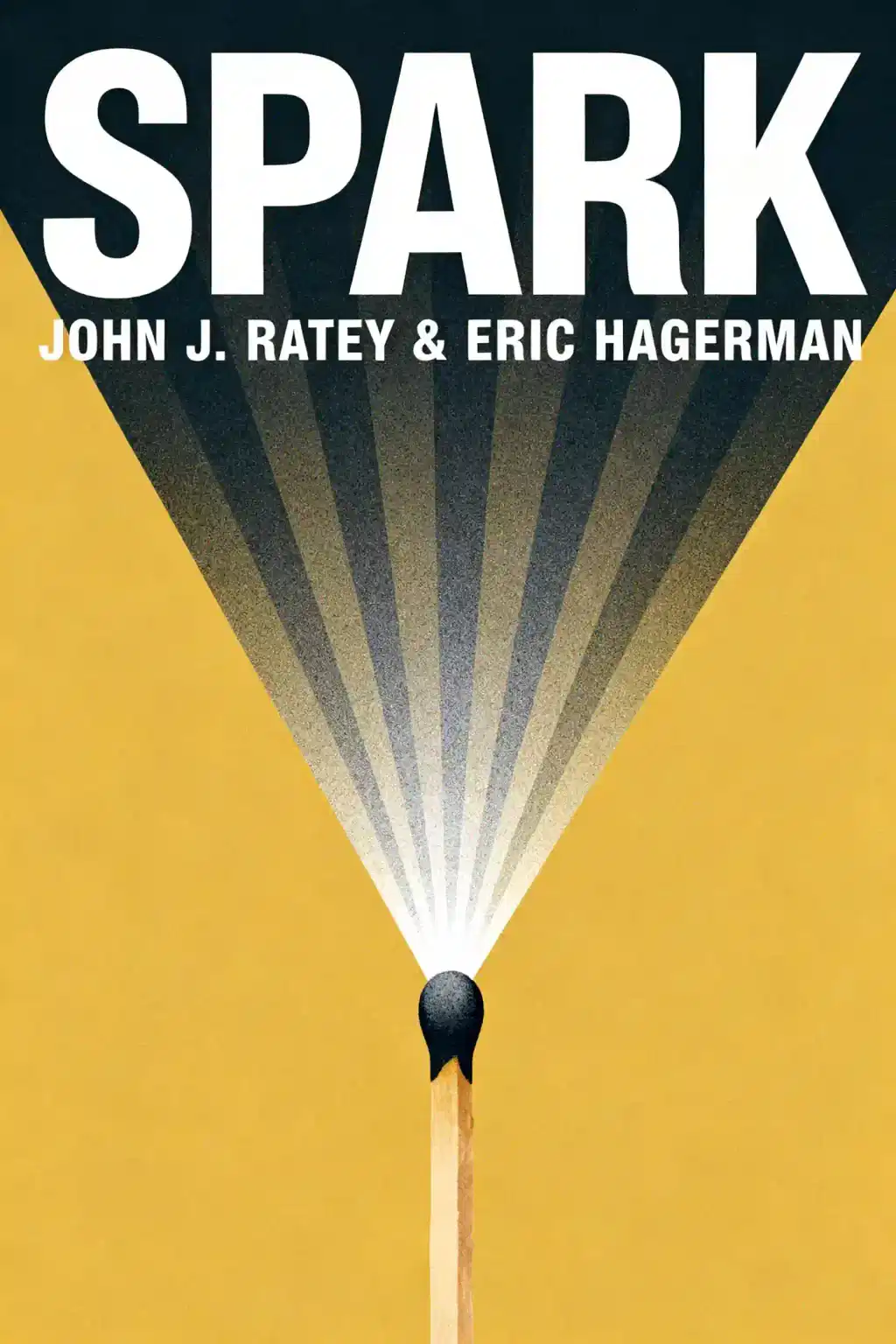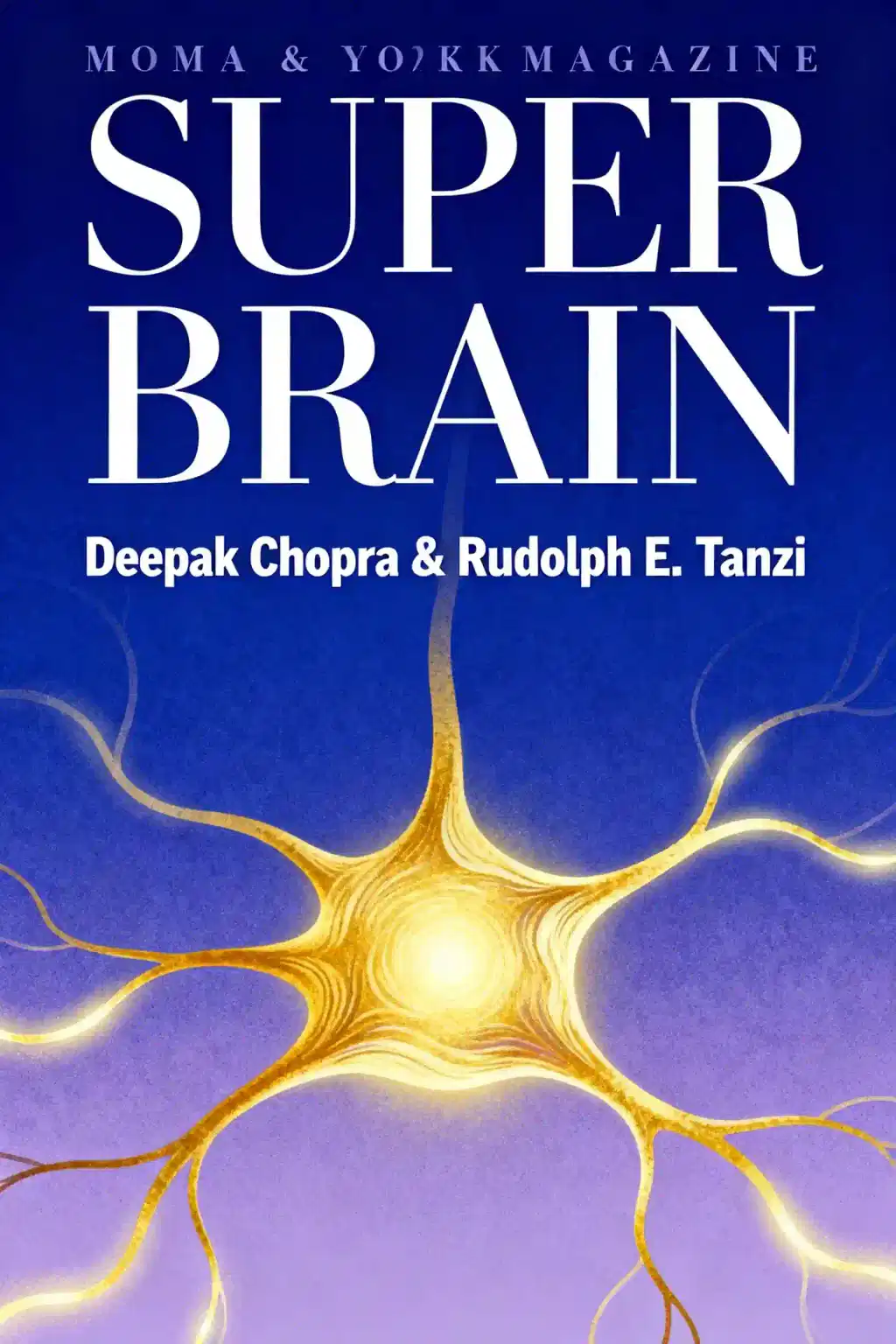What is
Spark by John J. Ratey about?
Spark explores the transformative effects of exercise on brain function, detailing how physical activity enhances learning, reduces stress, and combats mental health issues like depression and ADHD. Drawing on scientific research and real-world examples, John J. Ratey demonstrates how aerobic exercise remodels the brain for improved cognitive performance and emotional resilience.
Who should read
Spark by John J. Ratey?
This book is essential for fitness enthusiasts, students of medicine or psychology, and anyone interested in the mind-body connection. It’s particularly valuable for individuals seeking science-backed strategies to improve mental health, academic performance, or workplace productivity through physical activity.
Yes—Spark combines rigorous scientific insights with relatable case studies, offering actionable advice for optimizing brain health. Its compelling evidence on exercise’s role in combating anxiety, ADHD, and age-related cognitive decline makes it a standout resource for personal and professional growth.
What are the main ideas in
Spark?
- Exercise boosts neurotransmitter production (like serotonin and dopamine), improving mood and focus.
- Aerobic activity stimulates brain-derived neurotrophic factor (BDNF), vital for learning and memory.
- Structured physical education programs correlate with higher academic achievement, as seen in Naperville, Illinois.
How does exercise improve mental health according to
Spark?
Physical activity reduces stress hormones like cortisol while increasing endorphins and BDNF, which aid in neuroplasticity. Ratey cites studies showing exercise’s efficacy in alleviating symptoms of depression, ADHD, and anxiety, often matching or exceeding medication results.
What case studies are featured in
Spark?
The book highlights Naperville’s school district, where a daily exercise program led to top global science test scores. Other examples include using treadmill desks to enhance workplace productivity and exercise interventions for addiction recovery.
How does
Spark address ADHD and anxiety?
Ratey explains how exercise increases dopamine and norepinephrine levels, improving attention and impulse control in ADHD patients. For anxiety, rhythmic aerobic activities like running calm the amygdala, reducing hypervigilance.
What does John Ratey say about exercise and learning?
Exercise primes the brain for learning by enhancing BDNF production, which strengthens synaptic connections. Ratey argues schools prioritizing physical activity see improved test scores and classroom engagement, as demonstrated in Naperville.
How does
Spark compare to other books on exercise and the brain?
Unlike general fitness guides, Spark focuses on neurochemical and structural brain changes, backed by Ratey’s clinical expertise. It’s often compared to Atomic Habits for actionable frameworks but stands out for its psychiatric rigor.
What quotes are notable in
Spark?
“Exercise is the single best thing you can do for your brain in terms of mood, memory, and learning.” Another standout: “In Naperville, the mantra is ‘readiness to learn’—not ‘readiness to memorize’”
Why is
Spark relevant in 2025?
With rising global mental health challenges and sedentary lifestyles, Spark’s evidence-based approach to holistic well-being remains critical. Its insights into combating digital-age stressors like screen fatigue and social isolation are increasingly pertinent.
What are John Ratey’s credentials for writing
Spark?
Ratey is a Harvard Medical School psychiatry professor with over 85 scientific publications. His expertise in ADHD, neuroplasticity, and exercise’s cognitive benefits underpins Spark’s authority, bolstered by decades of clinical research.














